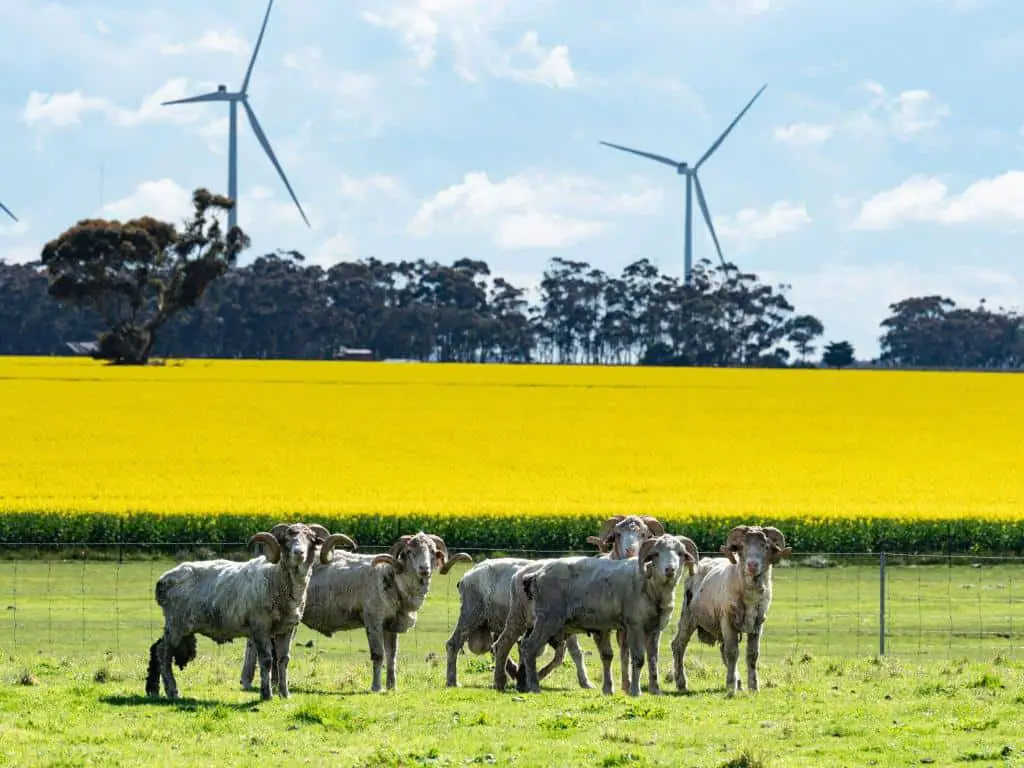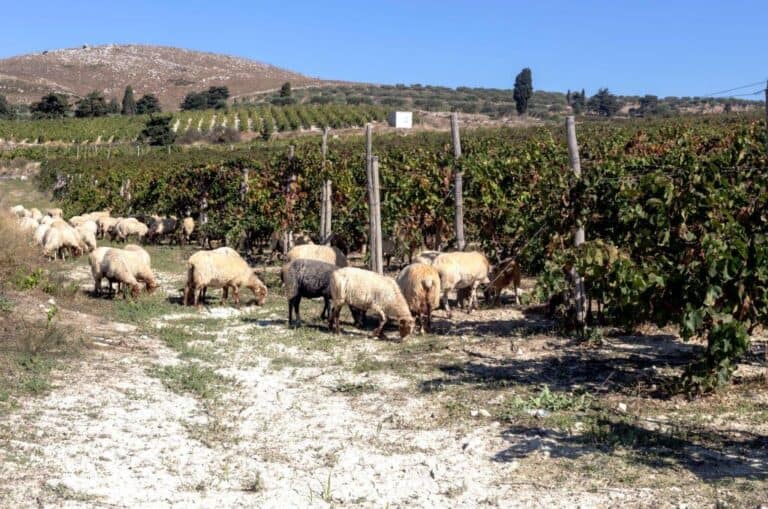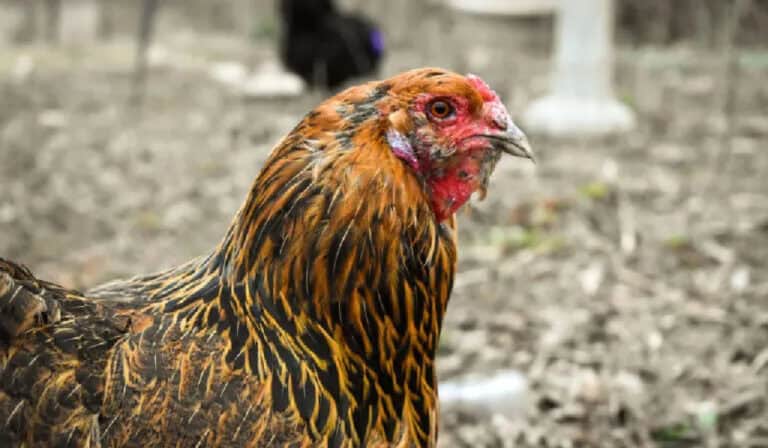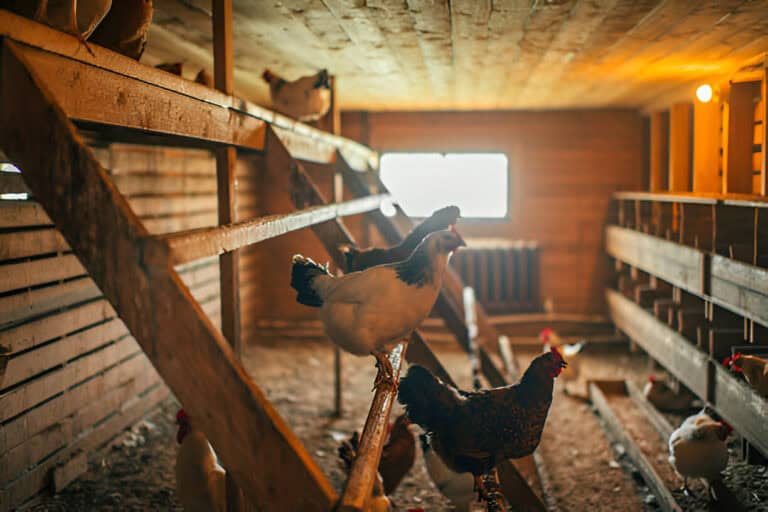Where Is Mixed Crop and Livestock Farming Common and Practised?

Welcome to the realm of mixed crop and livestock farming, a harmonious marriage of nature’s bounty. But where does this agricultural symphony resonate most profoundly?
From the fertile plains of North America to the sun-kissed landscapes of South America, the patchwork fields of Europe, the vibrant villages of Sub-Saharan Africa, the bustling farms of Asia, and the vast expanses of Oceania, mixed crop and livestock farming finds its place in diverse corners of the globe. It is a universal ode to sustainability, efficiency, and abundance.
So, let us embark on a journey to uncover the common lands where this integrated farming system flourishes, weaving together the threads of cultivation and husbandry into a tapestry of agricultural ingenuity.
Benefits of Mixed Crop and Livestock Farming
Mixed-crop and livestock farming offer several benefits for farmers and the environment. Here are some key advantages of this integrated farming system:
- Enhanced nutrient cycling: By combining crops and livestock, farmers can optimize the cycling of nutrients within the farm. Livestock waste, such as manure, can be utilized as organic fertilizer for crops, reducing the reliance on synthetic fertilizers. In turn, crop residues and by-products can be fed to livestock, completing the nutrient cycle.
- Diversified income: Mixed crop and livestock farming provide multiple income streams for farmers. They can generate revenue from the sale of both crops and livestock products, such as meat, milk, eggs, and wool. This diversification helps reduce the risks associated with relying solely on a single agricultural enterprise.
- Risk management: Integrated farming systems are more resilient to various risks. For example, in times of crop failure due to unfavorable weather conditions or pests, farmers can still rely on income generated from livestock. Conversely, if there is a disease outbreak among livestock, income from crops can provide a buffer.
- Improved soil health: The combination of crops and livestock contributes to the improvement of soil health. Livestock grazing helps maintain the soil’s structure, enhances organic matter content, and reduces soil erosion. Additionally, crop rotation in mixed farming systems helps break pest and disease cycles, leading to healthier soils.
- Optimized resource utilization: By integrating crops and livestock, farmers can efficiently use available resources. For instance, crop residues and forage crops can be utilized as feed for livestock, reducing the need for external feed sources. This integration also promotes efficient water use and reduces the risk of water pollution from concentrated animal feeding operations.
- Sustainable land use: Mixed crop and livestock farming promotes sustainable land management practices. The integration of crops and livestock allows farmers to make the most of available land resources without depleting them. It encourages biodiversity by providing habitat for various plant and animal species.
- Climate change mitigation: Integrated farming systems have the potential to contribute to climate change mitigation efforts. Livestock can be managed to reduce greenhouse gas emissions through improved feeding practices and waste management. Additionally, diverse crop rotations and the use of cover crops in mixed farming systems can help sequester carbon in the soil.
Crop Selection and Rotation Strategies
Crop selection and rotation play a vital role in maximizing the productivity and sustainability of mixed crop and livestock farming. When selecting crops, farmers consider factors such as market demand, climate suitability, and soil fertility. Crop rotation, the practice of growing different crops in sequence on the same land, helps maintain soil health, control pests and diseases, and optimize nutrient utilization. For example, leguminous crops like soybeans or peas can be included in the rotation to fix nitrogen in the soil, benefiting subsequent crops.
To illustrate the benefits of crop selection and rotation strategies, consider the following example:
| Crop Rotation | Benefits |
| Year 1: Corn | High yield and market demand. |
| Year 2: Soybeans | Nitrogen fixation and improvement of soil fertility. |
| Year 3: Wheat | Breaks pest and disease cycles, provides income diversification. |
| Year 4: Pasture | Allows grazing for livestock, builds organic matter in the soil. |
| Year 5: Canola | Oilseed crop with high market value. |
By implementing a well-designed crop rotation plan, farmers can optimize yield, reduce reliance on synthetic fertilizers, enhance soil structure, and minimize the risk of pests and diseases.
Economic Significance and Regional Variations
Mixed crop and livestock farming offer several economic advantages. By diversifying their income sources, farmers can mitigate the risks associated with fluctuating market conditions.
The integration of crops and livestock creates synergistic effects, enhancing profitability. For example, crops can provide feed for livestock, reducing feed costs. Livestock, in turn, can provide additional income through the sale of meat, milk, eggs, or other products. Furthermore, the integration of livestock can help manage crop residues and improve soil fertility.
Mixed crop and livestock farming is practiced worldwide, but its prevalence varies across regions. Different countries and areas have specific agricultural traditions and agro-ecological conditions that influence the adoption of mixed farming systems. For instance, in parts of Europe, such as France and Switzerland, mixed farming is common, with a focus on dairy production. In parts of Africa, mixed farming is practiced to support subsistence agriculture and provide livelihoods for small-scale farmers.
Case studies from various regions highlight successful implementations of mixed crop and livestock farming, showcasing different approaches and strategies.
Where Is Mixed Crop and Livestock Farming Common and Practised?
Mixed crop and livestock farming is an agricultural practice that combines the cultivation of crops with the raising of livestock within a single farming system. This integrated approach offers several benefits, including increased productivity, risk reduction, and resource efficiency.
We will explore the geographical distribution and prevalence of mixed crop and livestock farming, its historical background, environmental factors influencing its adoption, its economic significance, livestock integration and management, crop selection and rotation strategies, sustainability aspects, policy support, future prospects, and challenges associated with this farming practice.
1. North America
North America, comprising the United States and Canada, is a significant hub for mixed crop and livestock farming. The vast expanses of fertile land, favorable climatic conditions, and well-developed agricultural infrastructure contribute to the popularity of this farming system.
Farmers in these regions often cultivate crops such as corn, soybeans, wheat, and barley while simultaneously rearing livestock like cattle, pigs, and poultry. The integration of crops and livestock allows for efficient nutrient cycling, waste management, and diversified income streams.
2. Europe
Mixed crop and livestock farming is also prevalent throughout Europe, where it has been practiced for centuries. Countries like France, Germany, and the United Kingdom embrace this integrated approach to agriculture. The European landscape offers a mix of arable land, pastures, and meadows, providing ideal conditions for cultivating crops and raising livestock.
Farmers in these regions cultivate a wide range of crops, including cereals, oilseeds, and vegetables, alongside livestock such as cows, sheep, and poultry. The integration of crops and livestock promotes sustainable land use and contributes to the overall agricultural diversity of the continent.
3. South America
In South America, mixed crop and livestock farming is commonly practiced in countries like Argentina, Brazil, and Uruguay. The vast grasslands of the region, known as the Pampas, provide ample grazing areas for livestock.
These countries are major players in both crop production and livestock farming, with a focus on crops like soybeans, maize, sugarcane, and rice, along with cattle, pigs, and poultry. The integration of crops and livestock enables efficient land use and contributes to the robust agricultural economy of the region.
4. Sub-Saharan Africa
Sub-Saharan Africa, with its diverse agro-ecological zones, is home to a significant number of mixed crop and livestock farming systems. Countries such as Kenya, Nigeria, and Ethiopia practice this integrated approach to agriculture. Small-scale farmers in these regions cultivate a range of crops, including maize, millet, sorghum, and legumes, while raising livestock such as cattle, goats, and chickens.
Mixed crop and livestock farming plays a crucial role in food security, livelihoods, and poverty reduction in sub-Saharan Africa, providing both subsistence and commercial farming opportunities.
5. Asia
Mixed crop and livestock farming is prevalent in various regions across Asia, including India, China, and Indonesia. The agricultural landscape in these countries varies from small-scale farming to large commercial operations.
Farmers grow a diverse range of crops, including rice, wheat, corn, and vegetables, while raising livestock such as cattle, buffalo, pigs, and poultry. The integration of crops and livestock helps optimize resource utilization and improve overall farm productivity in these densely populated regions.
6. Oceania
In Oceania, mixed crop and livestock farming is practiced in countries like Australia and New Zealand. These countries have vast agricultural lands, favorable climates, and well-established livestock industries.
Farmers in these regions cultivate crops such as wheat, barley, oats, and canola alongside livestock such as cattle, sheep, and poultry. Mixed crop and livestock farming contribute to the economic growth and sustainability of the agricultural sector in Oceania.
Conclusion
In conclusion, mixed crop and livestock farming is a widely practiced agricultural approach that integrates crop cultivation with livestock rearing. It offers numerous benefits such as increased productivity, risk reduction, resource efficiency, and environmental sustainability.
This article has provided an in-depth exploration of the geographical distribution and prevalence of mixed crop and livestock farming, its historical background, environmental factors influencing its adoption, economic significance, livestock integration and management, crop selection and rotation strategies, sustainability aspects, policy support, future prospects, and challenges associated with this farming practice.





